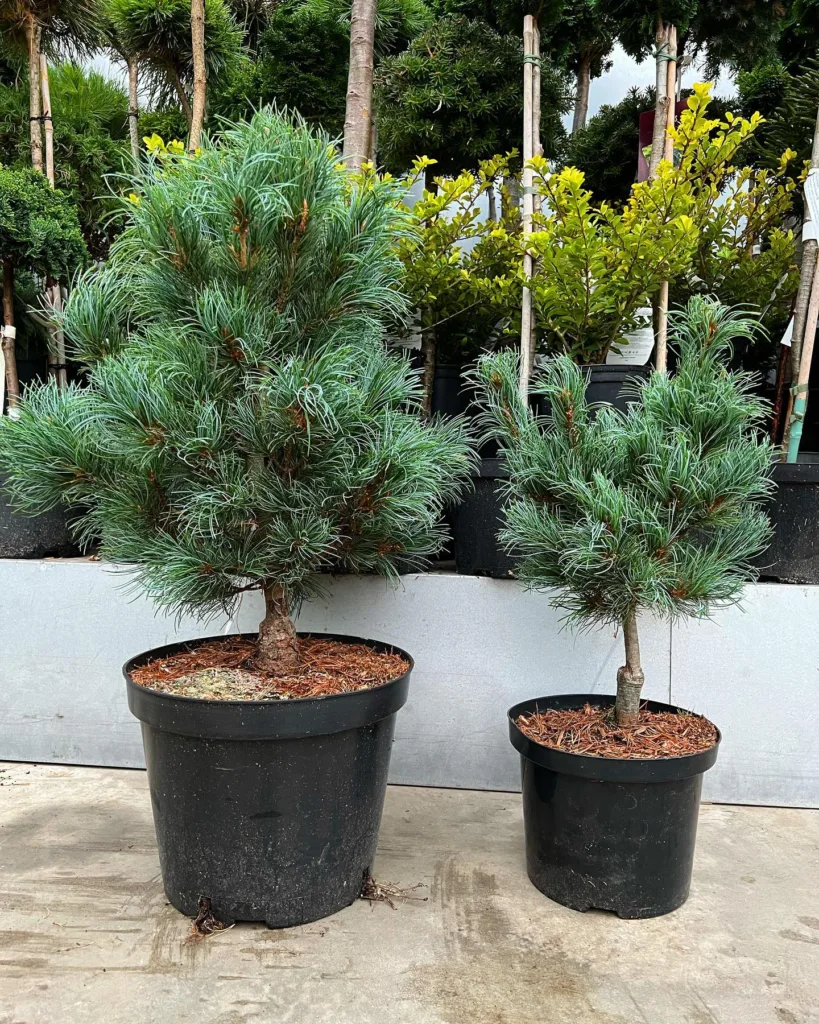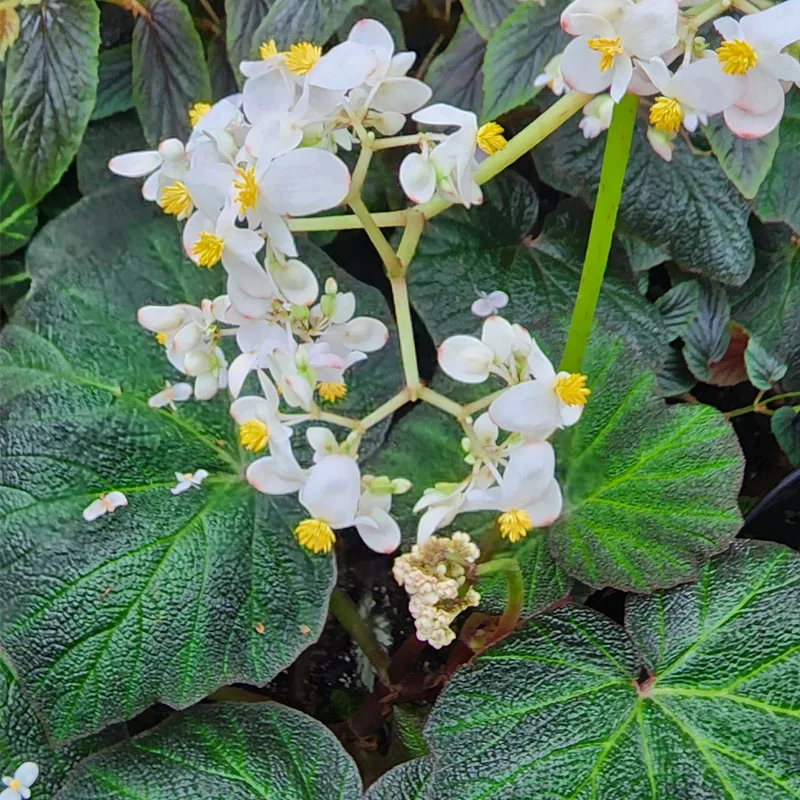Galax: A Personal Exploration of an Enchanting Genus
As a nature enthusiast, I’m always fascinated by the diversity and beauty of the plant world. One genus that has particularly captured my attention is Galax, a group of evergreen perennials native to the southeastern United States and belong to the Diapensiaceae family. With its distinctive foliage and delicate flowers, Galax has a unique charm that makes it a favorite among gardeners and nature lovers alike.
The Allure of Galax
What draws me to Galax is its simplicity and elegance. Unlike flamboyant flowers that scream for attention, Galax possesses a quiet beauty that unfolds gradually. Its leaves, often the star of the show, are leathery and rounded, forming a basal rosette that hugs the ground. In the fall, these leaves transform into a kaleidoscope of colors, ranging from deep crimson to vibrant gold, creating a stunning visual display.
But Galax is not just about its foliage. In late spring to early summer, tall, slender stalks emerge from the center of the rosette, bearing delicate, white flowers arranged in a spike-like raceme. These blossoms, though small, add a touch of ethereal beauty to the plant, attracting pollinators like bees and butterflies.
Delving into the Species
While Galax is often thought of as a single species, it’s actually a bit more complex than that. Let’s take a closer look at the species within this fascinating genus:
- Galax urceolata: This is the most common and well-known species, often referred to simply as “Galax.” It’s characterized by its round, heart-shaped leaves and wand-like flower stalks.
- Galax aphylla: This species, as its name suggests, is distinguished by its lack of leaves. It’s a less common variety, often found in higher elevations.
The taxonomy of Galax has been a subject of debate among botanists, with some considering it a monotypic genus (containing only one species). However, recent studies suggest that there might be more to discover about the diversity within this genus.
The Versatility of Galax
Galax is not just a feast for the eyes; it also has a rich history of practical uses. Native Americans have long utilized Galax leaves for medicinal purposes, treating ailments such as coughs, colds, and burns. The leaves were also used to create a black dye for clothing and baskets.
Today, Galax is primarily cultivated for its ornamental value. Its evergreen foliage makes it an excellent groundcover, adding texture and color to shady gardens. The leaves are also popular in floral arrangements, their long-lasting nature making them a favorite among florists.
My Personal Connection with Galax
My interest in Galax stems from a childhood memory. I recall hiking with my family in the Appalachian Mountains and stumbling upon a patch of Galax glowing in the dappled sunlight. The vibrant colors and unique shape of the leaves captivated me, and I’ve been drawn to this plant ever since.
Now, years later, I cultivate Galax in my own garden, cherishing its resilience and understated beauty. It serves as a constant reminder of that childhood memory and the wonder of the natural world.
A Call for Conservation
Despite its hardiness, Galax faces threats from habitat loss and over-harvesting. It’s crucial that we appreciate and protect this unique plant, ensuring its survival for future generations to enjoy. By supporting sustainable harvesting practices and promoting conservation efforts, we can help preserve the beauty and diversity of Galax.
In conclusion, Galax is a testament to the beauty that can be found in simplicity. Its enduring charm, combined with its ecological and cultural significance, makes it a true gem of the plant world. As I continue to explore and learn about this fascinating genus, I’m filled with a sense of awe and appreciation for the wonders of nature.
If i die, water my plants!



